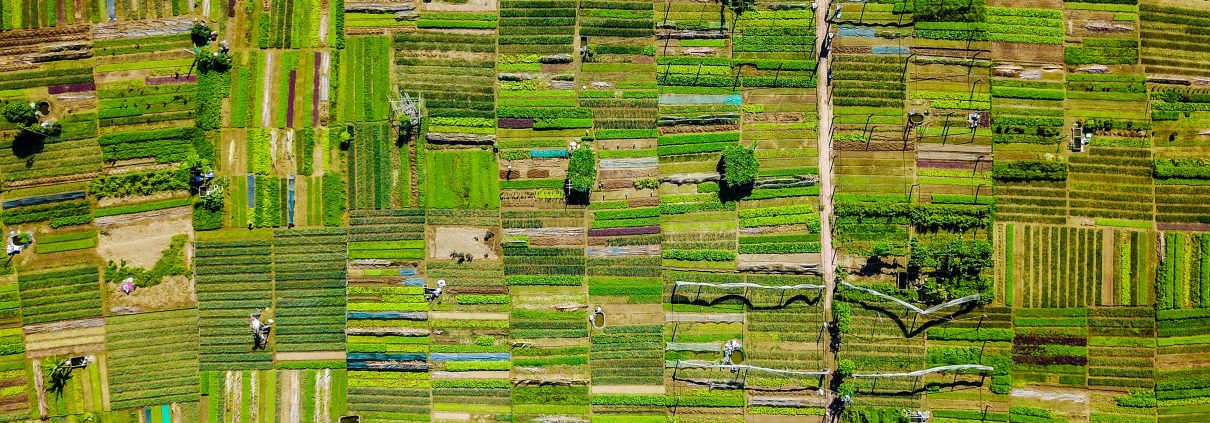BLOG
Diets to save the planet!
BY ALEX REES
How might stakeholders in food systems respond to ‘a global imperative’ on future diets? Could a stronger systems approach help?
I’m excited by the recent launch of the EAT-Lancet Commission as it grapples with one of the world’s most difficult challenges. Humans together must face and solve the way the food system encourages environmental damage and fails to provide sufficient nutrition for people. Both are critical for humankind to thrive in this century and beyond. As the summary report puts it below (and for a fuller read see here):
“By assessing the existing scientific evidence, the Commission developed global scientific targets for healthy diets and sustainable food production and integrated these universal scientific targets into a common framework, the safe operating space for food systems, so that planetary health diets (both healthy and environmentally sustainable) could be identified. This safe operating space is defined by scientific targets for intakes of specific food groups (e.g. 100 to 300 g/day of fruit) to optimize human health and scientific targets for sustainable food production to ensure a stable Earth system.”
And: “…the scientific targets that define a safe operating space for food systems allow the evaluation of which diets and food production practices together will enable achievement of the SDGs (sustainable development goals) and the Paris Agreement.”
They term the change required in diets as a ‘Great Food Transformation’, and this feels like a sufficiently grand title given the challenge to bring this about.
They go on to say, “three lessons can be learned from other examples of societal responses to global changes. First, no single actor or breakthrough is likely to catalyse systems change. Second, science and evidence-gathering are essential for change. Third, a full range of policy levers, from soft to hard, will be needed.”
No one can be left feeling the topic and proposal by the EAT-Lancet Commission isn’t a BIG DEAL. Collectively, our diets inextricably link human health and global environmental sustainability. Bringing together some of the world’s leading scientists and professionals from the different worlds of health, nutrition, agriculture and environmental management, each with their own standards and approaches, who often compete with or ignore each other, to provide a global framework is a monumental undertaking that has been missing hitherto. It is also one of several steps to encourage meaningful system change at scale.
The topic is highly complex, and the change advocated is large, necessary and urgent. My approach is usually to think about how to translate an aspiration into application. How might a theoretical sustainable and healthy diet at global level start to influence leaders, institutions, resource flows and partnerships in the real world? Few people want ‘nanny states’ with governments drastically curtailing consumer choice (such as a major tax on meat), and this type of policy would probably dent governments’ popularity making it unlikely to be taken forward. So how can food consumers be encouraged to briskly evolve their decision-making in a positive direction while food production and delivery systems evolve too?
Choices of food are personal, and change will find resistance. A common-sense approach to a ‘Great Food Transformation’ suggests a strong flavour of citizen action and large-scale behavioural nudges, to firmly evolve social norms operating particularly through peer pressure at scale. It also suggests a high level inter-governmental approach, perhaps with binding targets. These suggestions invite some big questions: how might an international consensus be forged between governments on the need for decisive action? Who will drive this? Is the UN capable of facilitating a new UN convention and set of annual conferences? Is this approach the best use of resources? Should a UN agency be set up, or should current agencies be seriously reformed to help guide a ‘Great Food Transformation’?
Certainly, it feels like one of the world’s largest coalitions is required that can operate at many levels, and in most countries suggesting distributed leadership. How might massive consumer and business coalitions, some of which might exist already, be bolstered or created to drive change? Long term traction over 30-40 years is needed, and there are lessons from global efforts on climate change action and some other areas. And we mustn’t forget those farmers, agri-businesses, and investors that may lose out from a positive dietary shift, how might their concerns (and likely blocks to progress) be meaningfully addressed? These issues will be on the minds of many change-leaders, even as the world is predicted to be ever more fractured in its thinking around global issues and multi-lateral action.
I believe a combination of all of the above is necessary, and probably more. The EAT-Lancet Commission offers an embryo with a core idea on the need for a nutritious and sustainable diet around which stakeholders can coalesce. Undoubtedly, big leaps are needed to translate towards implementation and impact at country level. Could governments, the philanthropic sector and popular based consumer movements grasp the nettle through collaboration? Core to success is finding the right mix of stakeholder organisations and governments that might collectively convene a much larger system wide coalition of actors capable of collective understanding of the problem, establishing global and national goals to change diets, consider and apply policy levers, coordinate multiple-layers of action, and learn about what works and adapt.
In a follow-on blog I will focus more specifically on how stakeholders, including food producers and investors, supporting the evolution of Africa’s food system, might better shape and support stakeholders to move the dial on a desirable ‘future diet’, so that the continent might play its part in a future global food transformation.








